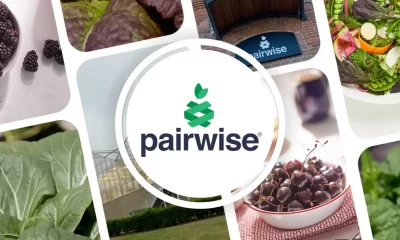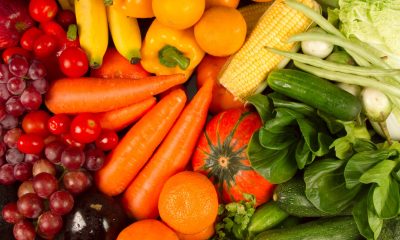From bottled water to tea bags, microplastics are everywhere and finding their way into our bodies. Here are the risks and how to cut down
Recent medical studies have detected the presence of plastic in blood samples, breast milk, placenta tissue, and even people’s lungs.
So when Raffaele Marfella, a surgeon and professor of internal medicine at the University of Campania Luigi Vanvitelli in Naples, and his colleagues conducted a study to examine plaque taken from the arteries of people with cardiovascular disease, they were not surprised to find that half of the samples contained miniature fragments of plastic.
Marfella believes that the presence of plastic could have actively accelerated their deteriorating health, through driving inflammation within the arteries. “I can say with reasonable certainty that contamination by micro and nanoplastics causes altered tissue health status,” he says.
READ ALSO: How U.S government ‘bribed’ pharmacy chains to push COVID vaccine shots
It is one of the first studies to have identified a link between plastic deposition and declining human health. But we still need to learn far more about how and why plastic can damage the human body, and most crucially of all, what to do about it.
The plastic particles capable of entering the human body are either microplastics, which are less than 5 millimetres wide, or nanoplastics which are less than 1 millimetre wide.
They are thought to originate from the steady degradation of products such as car tyres, mass-produced synthetic clothes and the paint used to coat buildings and roads. However, many scientists believe that single-use plastics such as water bottles, plastic cutlery, food containers, packaging, cotton bud sticks, plastic bags and wet wipes are the biggest culprits.
It is thought that we inadvertently consume these plastic particles either through inhaling or ingesting them. Earlier this year, a study from researchers at Columbia University in New York identified a quarter of a million nanoplastics in a single litre of bottled water. Another concerning paper found that babies who are fed formula milk prepared in bottles made from propylene are exposed to high levels of microplastics.
There are more than 10,000 different chemicals present in various plastics, including some which are known carcinogens and others which are capable of disrupting vital hormonal systems.
READ ALSO: High levels of weed killer found in human sperm samples, study finds
Matthew Campen, a professor at the University of New Mexico who has studied microplastics, isn’t convinced that the plastics themselves are necessarily harmful, but the problem is more the sheer quantity of them.
Advertisement“The plastics are relatively safe, it is simply that they appear to be at alarmingly high levels [in the environment] and getting worse,” he says. “We think the main route of entry into the body is through the gut and this is an important issue that needs to be better understood.”
Each year, humans produce more than 350 million metric tons of plastic waste, and experts believe that the only solution is to find better and more effective ways of degrading it.
In future, certain microbes may help us design more useful waste disposal plants, with various lab experiments suggesting that strains of Rhodococcus ruber and even E. coli could be used to digest common plastics such as polyethylene terephthalate and polyurethane.
Avoiding plastic entirely is virtually impossible as it is so ubiquitous in our lives, from food packaging to clingfilm, clothing and disposable wipes. Even some tea bags contain a form of plastic called polypropylene to seal them and prevent their contents from spilling out in the box and your mug.


 Health & Fitness7 days ago
Health & Fitness7 days ago
 Latest6 days ago
Latest6 days ago
 Featured5 days ago
Featured5 days ago
 Health & Fitness5 days ago
Health & Fitness5 days ago
 Featured4 days ago
Featured4 days ago
 Latest3 days ago
Latest3 days ago
 Business5 days ago
Business5 days ago
 Crime2 days ago
Crime2 days ago



